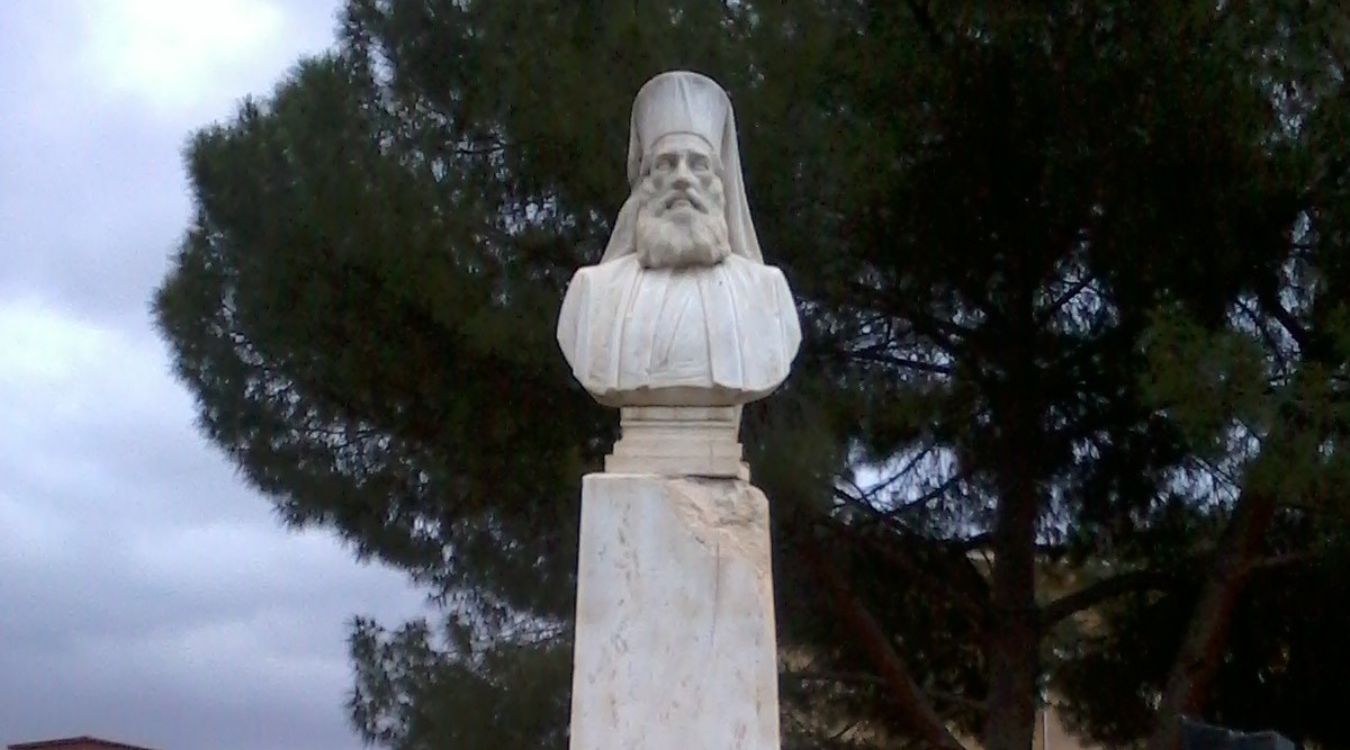
Cyprus is a small island with a big history. Nestled in the eastern Mediterranean, it has seen countless civilizations come and go. From ancient Greeks to the Ottoman Empire, each left its mark. But one of the most intriguing chapters is the Cyprus Revolt. This period of unrest and rebellion shaped the island's modern identity. Why did the Cypriots rise up? What were they fighting for? How did it change their future? Understanding the Cyprus Revolt helps us grasp the island's complex past and its journey towards independence. Let's dive into 30 fascinating facts about this pivotal moment in Cypriot history.
Key Takeaways:
- The Cyprus Revolt, also known as the Cypriot War of Independence, was a fight for freedom from British rule, led by EOKA and Archbishop Makarios III, and eventually led to Cyprus gaining independence in 1960.
- The legacy of the Cyprus Revolt continues to shape the identity of the Cypriot people, with annual commemorations and street names honoring EOKA fighters, highlighting the importance of self-determination and national identity.
Cyprus Revolt: A Glimpse into History
The Cyprus Revolt, also known as the Cypriot War of Independence, was a significant event that shaped the island's modern history. This struggle for freedom from British colonial rule left a lasting impact on the people and the region. Let's dive into some fascinating facts about this pivotal period.
The Roots of the Revolt
Understanding the origins of the Cyprus Revolt helps us appreciate the determination and resilience of the Cypriot people.
- The revolt began in 1955, driven by the desire for Enosis, the union of Cyprus with Greece.
- The National Organization of Cypriot Fighters (EOKA) led the armed resistance against British rule.
- Archbishop Makarios III was a key figure, advocating for Cypriot independence and Enosis.
- The British had controlled Cyprus since 1878, initially leasing it from the Ottoman Empire.
- The Cypriot struggle was part of a broader wave of anti-colonial movements post-World War II.
Key Events and Turning Points
Several significant events marked the course of the Cyprus Revolt, each contributing to the eventual outcome.
- The revolt officially started on April 1, 1955, with coordinated attacks on British installations.
- Grivas Digenis, a former Greek army officer, played a crucial role as the EOKA leader.
- The British declared a state of emergency in Cyprus in November 1955.
- The Battle of Machairas Monastery in 1957 was a notable clash between EOKA fighters and British forces.
- The Zurich and London Agreements of 1959 laid the groundwork for Cyprus's independence.
The Human Cost
The Cyprus Revolt had a profound human impact, with many lives lost and communities affected.
- Approximately 371 EOKA fighters died during the conflict.
- British forces suffered around 105 casualties.
- Many Cypriot civilians were caught in the crossfire, leading to significant suffering.
- The British used harsh measures, including detention camps and torture, to suppress the revolt.
- The conflict left deep scars on the Cypriot population, influencing future generations.
International Reactions and Involvement
The Cyprus Revolt drew attention and involvement from various international actors.
- Greece supported the Cypriot cause, providing moral and logistical assistance to EOKA.
- Turkey opposed Enosis, fearing it would lead to the marginalization of the Turkish Cypriot minority.
- The United Nations intervened, sending peacekeeping forces to the island in 1964.
- The United States and the Soviet Union monitored the situation closely, given the Cold War context.
- The British government faced criticism both domestically and internationally for its handling of the revolt.
The Path to Independence
The struggle eventually led to Cyprus gaining independence, but the journey was complex and fraught with challenges.
- Cyprus officially became an independent republic on August 16, 1960.
- Archbishop Makarios III became the first President of the Republic of Cyprus.
- The Treaty of Guarantee ensured that Britain, Greece, and Turkey would protect Cyprus's independence.
- The new constitution aimed to balance power between Greek and Turkish Cypriots.
- Despite independence, tensions between the two communities persisted, leading to future conflicts.
Legacy of the Cyprus Revolt
The Cyprus Revolt left a lasting legacy on the island and its people, shaping their identity and future.
- The revolt is commemorated annually on April 1, known as EOKA Day.
- Many streets and public places in Cyprus are named after EOKA fighters.
- The conflict highlighted the importance of self-determination and national identity for Cypriots.
- The events of the revolt continue to influence Cypriot politics and society today.
- The Cyprus Revolt remains a symbol of resistance and the enduring spirit of the Cypriot people.
Final Thoughts on Cyprus Revolt
The Cyprus Revolt remains a pivotal chapter in the island's history. It showcased the resilience and determination of its people. The struggle for independence, marked by significant events and key figures, shaped modern Cyprus. Understanding these facts helps appreciate the complexities and sacrifices involved. The revolt wasn't just a fight for freedom but also a quest for identity and self-determination. As we reflect on these events, it's clear that the legacy of the Cyprus Revolt continues to influence the island's culture and politics. This historical period serves as a reminder of the power of unity and the enduring spirit of a nation. Whether you're a history buff or just curious, these facts offer a glimpse into the heart of Cyprus's fight for independence.
Frequently Asked Questions
Was this page helpful?
Our commitment to delivering trustworthy and engaging content is at the heart of what we do. Each fact on our site is contributed by real users like you, bringing a wealth of diverse insights and information. To ensure the highest standards of accuracy and reliability, our dedicated editors meticulously review each submission. This process guarantees that the facts we share are not only fascinating but also credible. Trust in our commitment to quality and authenticity as you explore and learn with us.
